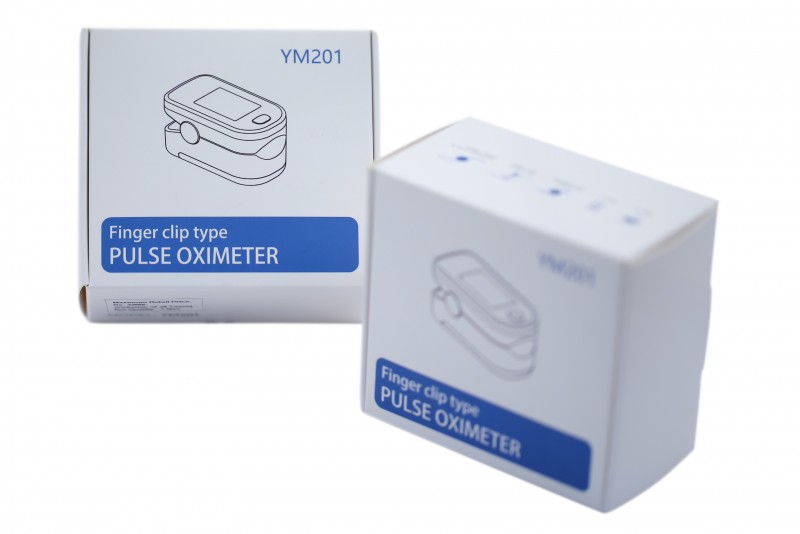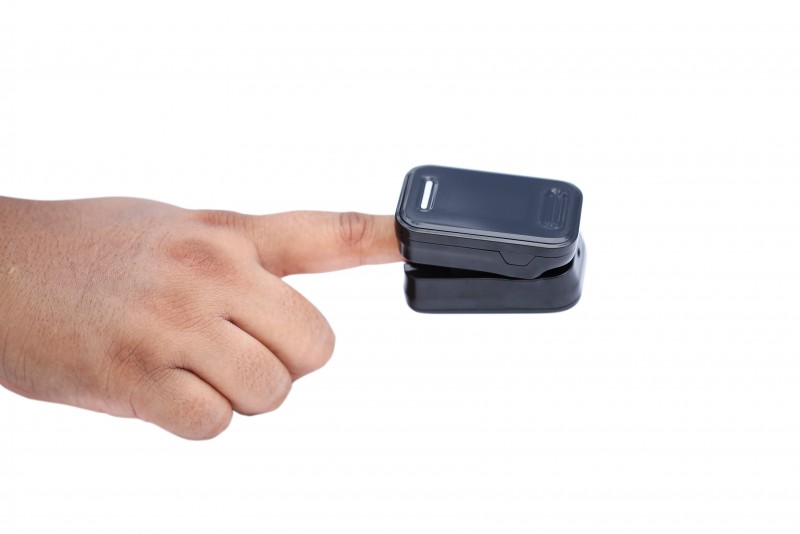

Raising rate of COVID – 19?!! Panic is not going to solve the pandemic. Good health hygiene and monitoring of health can help overcome major problems. Know your pulse rate and also the amount of oxygen saturation in your blood by using Pulse Oximeter. This small pulse oximeter at home can easily address the COVID-19 situation and guide us on what next step to be taken.
A pulse oximeter is a small, lightweight device used to monitor the amount of oxygen carried in our body along with our heart rate. Once taken, the screen of the pulse oximeter displays the percent of oxygen in the blood—as well as the current pulse rate.
This compact, easy to use pulse oximeter is much advised for clinicians, first responders, and in-home patients. This Flexi monitoring compact device is built for repeated use even in the most challenging patient environments.
For Whom is Pulse Oximeter Used?
Pulse oximeter is used for patients with
· Patients who are tested positive for COVID – 19 as this virus can affect lungs anytime
· Chronic obstructive pulmonary disease (COPD)
· Asthma or pneumonia
· Lung cancer
· Anemia
· Heart attack or heart failure or any other congenital heart defects
· At-home oxygen monitoring
Pulse Oximeter uses
A pulse oximeter is used
· To assess how the current medication is working
· High-quality monitoring devices can help physicians in monitoring the effectiveness of treatment efforts and can respond quickly and confidently to abnormal readings.
· To evaluate whether the patient needs help for breathing
· To track oxygen levels during or after a surgical procedure
· To assess someone’s ability to tolerate increased physical activity
· Oximeter readings play a pivotal role in helping patients adjust their oxygen flow while exercising or participating in social activities or spending time at home.
How is Pulse Oximeter Used?
This clip-like device will be placed on the finger, earlobe, or toe of the patient. A small amount of pressure will be felt, but there will not be any pain or even pinching. Remove fingernail polish if put as this will affect the reading. Factors like movement, temperature, or nail polish can impact the accuracy of the reading.
As and when the test is done and reading noted, the clip will be removed.
Reading the Oxygen Range
A SpO2 reading of 95% or greater than that is considered to be a normal oxygen level. However, a SpO2 reading of 92% or less than that suggests that the blood is not well saturated. Insufficient saturation can cause a range of adverse health conditions like chest pain, shortness of breath, and increased heart rate.
This portable pulse oximeter test result is fairly accurate. The consistency level, the accuracy level of the results will be within a range of 2-percent difference either way. This especially true when using high-quality equipment found in hospital settings.
Pulse Rate
Our pulse rate also is an estimation of the number of times the heart contracts per minute. The normal pulse rate values for adults range from 60 to 100 beats per minute termed as bpm. Generally, it is considered that a lower heart rate at rest means more efficient heart function and so better cardiovascular fitness. For some, a pulse rate below 60 bpm indicates abnormal slow heart action, otherwise called bradycardia. Bradycardia can cause a number of problematic symptoms—including fainting, fatigue, chest pains, and memory problems.
Once the test is over, the care provider will have the readings available thus helping the doctors to plan the next level of treatment without delay thereby saving the life of the patient.
So STAY SAFE STAY HEALTHY by using a pulse oximeter at home in times of COVID – 19 pandemic which is made available at your doorstep.